Hidden in the Sky Islands: A New Species of Xylophis Beddome, 1878 (Serpentes: Pareidae: Xylophiinae) From Montane Habitats of Wayanad in the Western Ghats of India

Surya Narayanan, Sandeep Das, Avrajjal Ghosh, Muhamed Jafer Palot, P. Umesh, David J. Gower & V. Deepak Zootaxa | July 30, 2025 A new species of the snake genus Xylophis is described from the Wayanad region in the Western Ghats of India. The new species, X. chenkaruppan sp. nov., is described based on six specimens […]
Marketing of NTFPS by Forest-dependent Communities in Maharashtra, India: Alternative Models for State Support
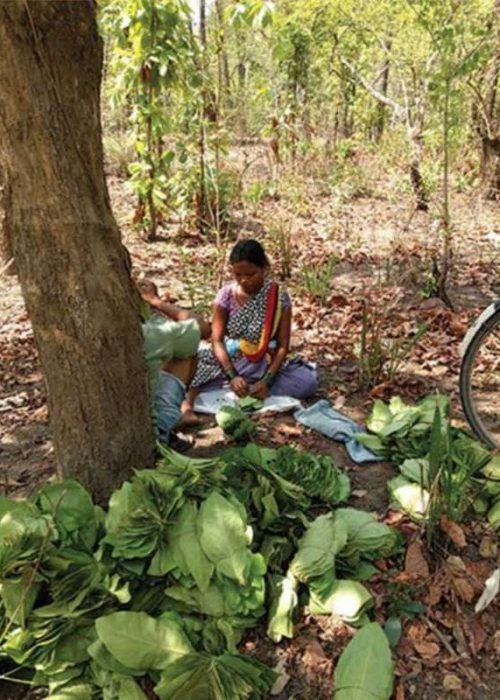
Anuja Anil Date and Sharachchandra Lele Forest Policy and Economics | July 29, 2025 Studies show that forest dependent communities (FDCs) can improve economic outcomes through community-based forest enterprises (CFEs) based on timber harvest and sale. In India, since FDCs do not have rights to timber even under decentralization laws, they must rely on unpredictable […]
Blackbuck Conservation in Fragmented Landscapes: Evaluating Habitat Use in and Around a Conservation Reserve
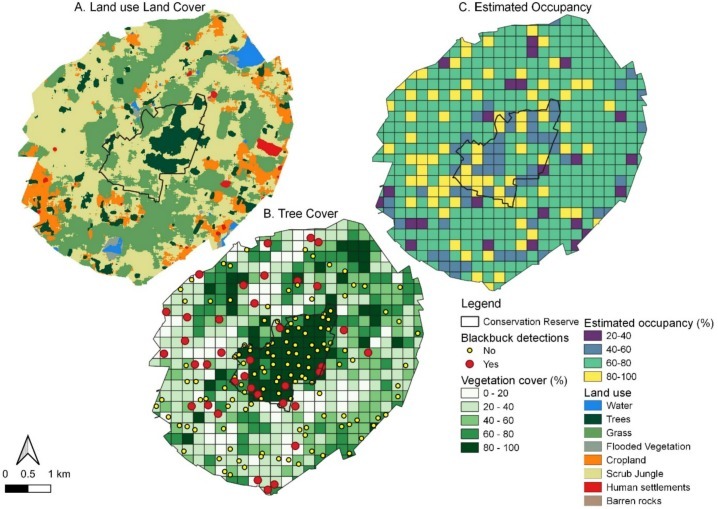
B.R. Manoj Kumar, T. Ganesh and K.S. Seshadri Journal for Nature Conservation | July 26, 2025 Savanna-grassland ecosystems cover approximately 17% of India’s landmass, and only a small proportion of them are protected. Savanna-grassland habitats are critical for the survival of endemic taxa such as the Blackbuck (Antilope cervicapra). Once widespread, Blackbucks now occur in […]
Restoration Maintains High Soil Carbon Stocks in Asia’s Largest Tropical Grassland
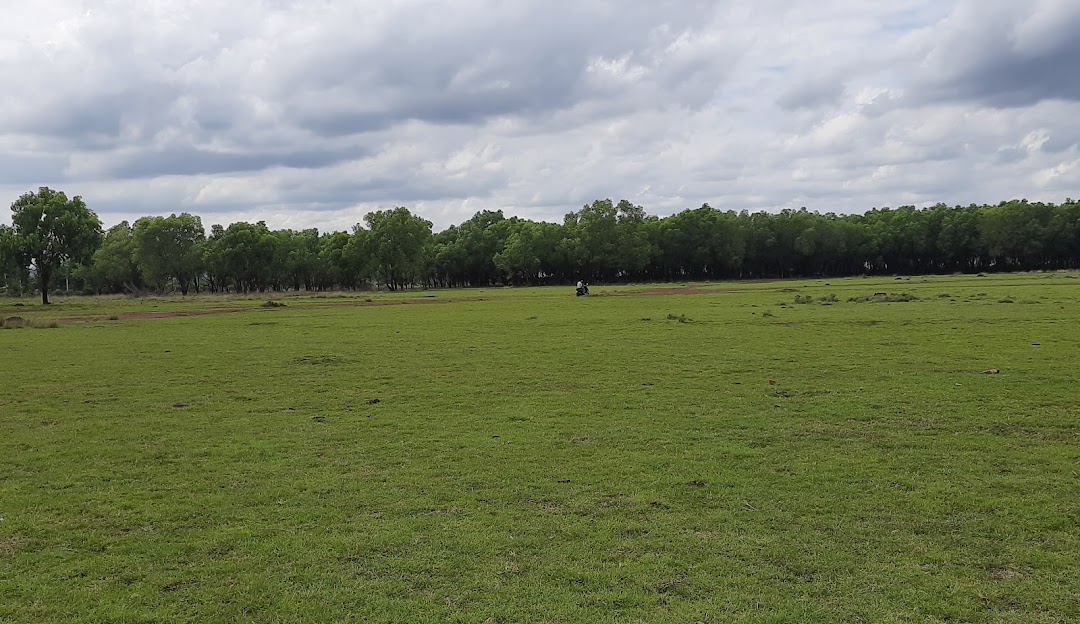
Manan Bhan, Chetan Misher, Ankila Hiremath, Abi T. Vanak Ecological Applications | July 18, 2025 Land management changes threaten the ecological functionality of grassland ecosystems worldwide, including the ability of these ecosystems to store carbon in their soils. The Banni grasslands in India, Asia’s largest tropical grassland, are no different in this regard. Despite being […]
Behavioural Flexibility in Rhesus Macaques (Macaca mulatta) in Human-modified Environments
Asmita Sengupta, Shaurabh Anand, Sindhu Radhakrishna International Journal of Primatology | July 15, 2025 Anthropogenic interference, such as deforestation, agricultural land expansion, and urbanization, modify wildlife habitats and increase human-wildlife encounter rates. Such human interventions can create novel ecosystems for animals and how different species respond to these modifications can determine their survival in the […]
Assessing the socio-psychological implications of Community Forest Resource (CFR) rights for forest-dwelling communities in Central India
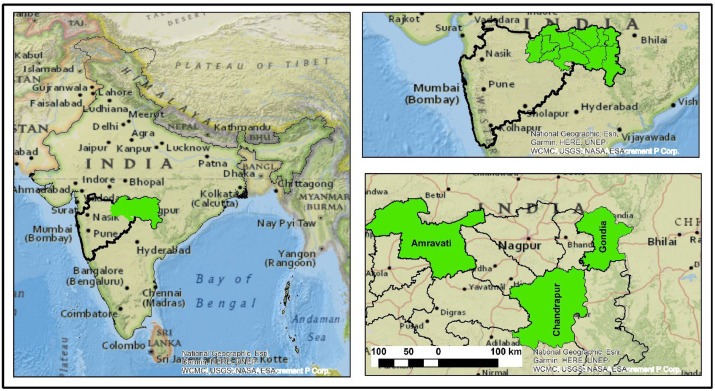
Anirban Roy, Asmita Sengupta Trees, Forests and People | July 13, 2025 In India, the Forest Rights Act (2006) legally recognizes the land rights of forest-dependent and forest-dwelling communities by granting them decision-making power over the lands they have traditionally depended on. Through the Community Forest Resource (CFR) rights, a key provision under this Act, […]
Towards Sustainable Lake Restoration
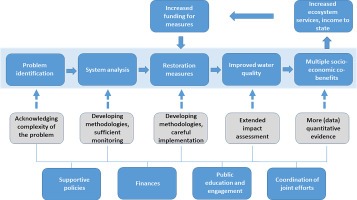
Olga Tammeorg, Theis Kragh, Gertrud K. Nürnberg, Laurence Carvalho, Brian Huser, Tom Jilbert, Renata Augustyniak-Tunowska, Tallent Dadi, Kurt Friese, Laura Grinberga, Jolanta K. Grochowska, Sigrid Haande, Laura H. Härkönen, Michael Hupfer, Kenneth Irvine, Priyanka Jamwal, Anna-Marie Klamt, Zhengwen Liu, Yvonne McElarney, Maira Mucci, Deniz Özkundakci, Dāvis Ozoliņš, Emma Polauke, Karen Portilla, Kasper Reitzel, Karsten Rinke, […]
Phylogenetic Signal in Elevational Distribution and Range Size of a Satyrinae Butterfly Genus in the Himalaya
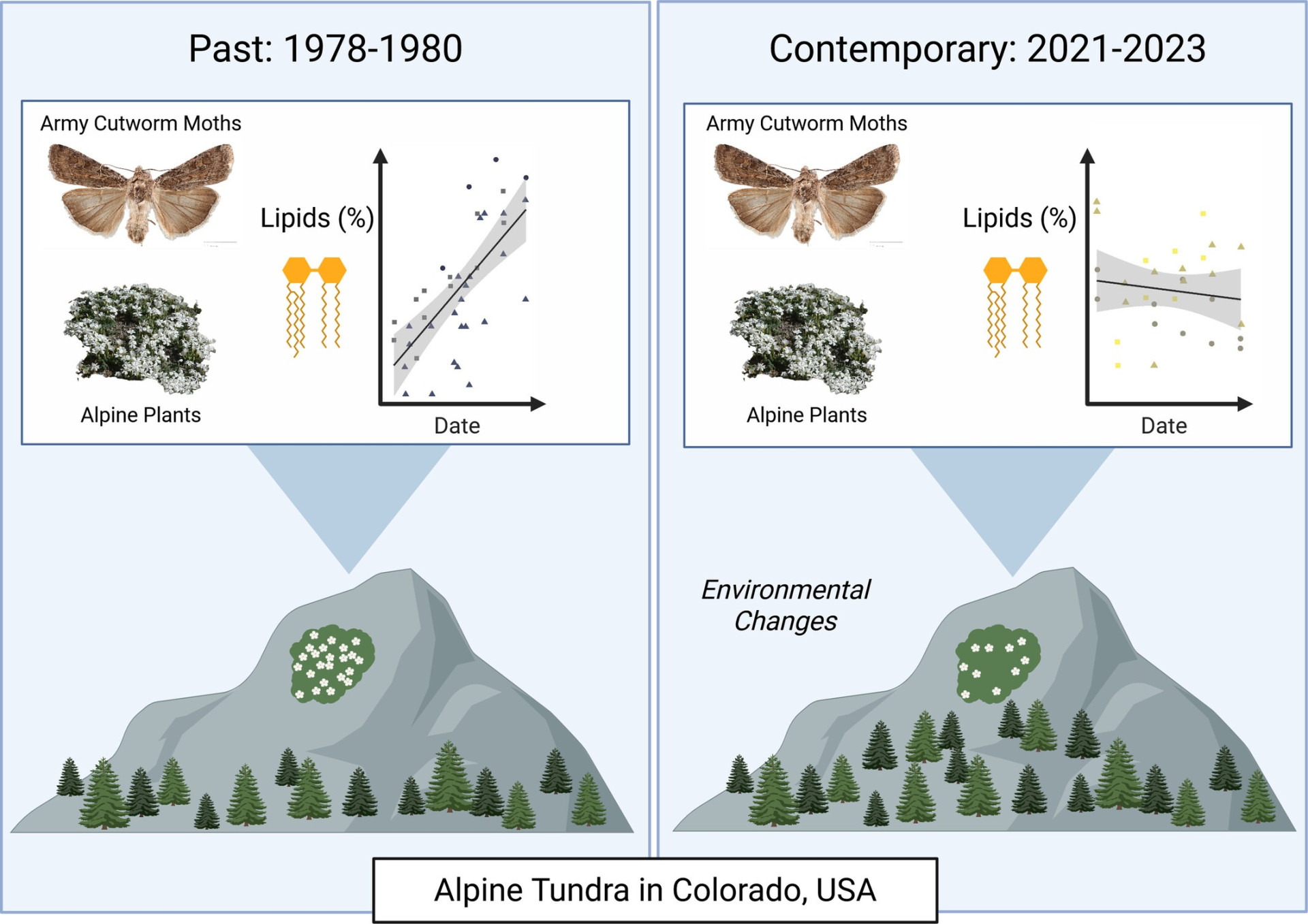
Sailendra Dewan Ecological Entomology | July 9, 2025 The distribution and community structure of organisms are influenced by both their evolutionary history and ecological interactions. Therefore, it is essential to integrate ecological studies with evolutionary approaches to fully understand the dynamics of species distribution and assembly mechanisms.
How Do Woodpecker Communities Respond to Different Forest Management Regimes Outside Protected Areas in the Eastern Himalaya, India?
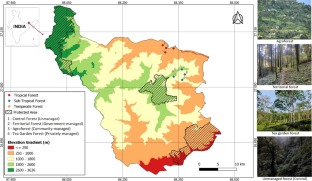
Aditya Pradhan, Sarala Khaling, Goutam Kumar Saha Community Ecology | July 9, 2025 Forests within human-modified landscapes have been recognised as crucial for biodiversity conservation. In the Eastern Himalaya, the non-protected forests are characterised by numerous traditional agroforestry systems linked to different management regimes. However, information on how different biodiversity components respond to these management […]
Frogs From the Darjeeling Hill Region, India: Elucidation of Their Morphology and Habitat

Kumaresh Mandal, Shishir Tamang, Soni Subba, Divya Rai, Saptaparni De, Aditya Pradhan, Kaushik Deuti, Gyaneshwer Chaubey & Rakesh Tamang Proceedings of the Zoological Society | July 9, 2025 The Darjeeling Hill Region (DHR) comprises the hilly areas of Darjeeling and Kalimpong districts in West Bengal, India. It’s an important part of the Himalayas biodiversity hotspot […]


